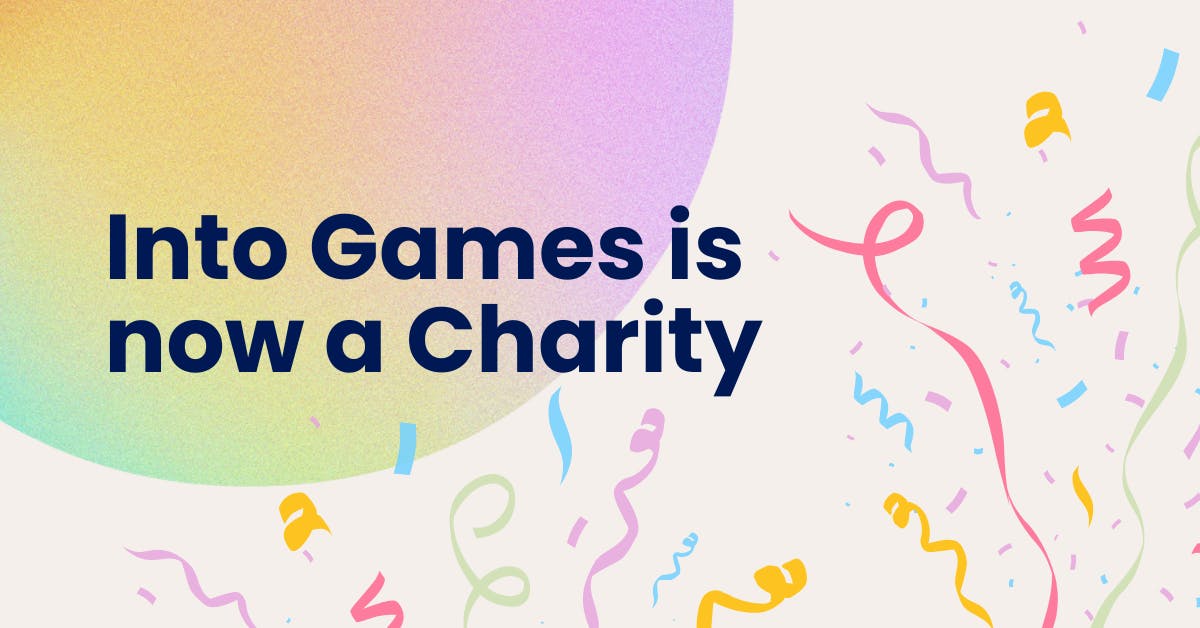
21 September 2020
What does an XR Research and Development Designer in games do?

XR stands for Extended Reality, an umbrella term for technology-driven altered reality that includes Augmented Reality (AR), Virtual Reality (VR) and Mixed Reality (MR).
Ryan Timpany is an XR Research and Development Designer for Make Real. Make Real are an award-winning Virtual and Augmented Reality studio with established corporate clients such as EDF Energy, Vodafone and McDonalds and have published two acclaimed virtual reality games; Radial-G, and Loco Dojo. We asked Ryan, some key questions about getting into the games sector.
Explain your role like I'm 5 years old
I design VR/AR experiences and research new tech and concepts. I try to incorporate my research into my designs. My team then realises the designs, which also proves the research (or disproves) and can then be used by the rest of our studio in other projects. Often it's a wait for technology to catch up with ideas, but the tech moves quickly. Hence, having to keep an eye on it.
Take us through your average day at work
Depending on what stage I'm at in a project, I'll be creating design documents to communicate my designs to my team and clients. I'll be keeping an eye on any emerging tech, as well as looking for technical solutions to ideas I've had. They don't always exist. I'll also discuss these with my developer and see if we can find our own solution. This means digging into research and experimenting.
Some days I'll be presenting my designs, under scrutiny, then I'll take that feedback and iterate until I have a comprehensive and functional design. Once the design is agreed on, I'll create tasks for the artist and developer in a shared space, where we can coordinate, keep track of each other's progress, try not to block each other's progress, review each other's work and leave feedback.
What was your educational and career journey into your current role?
I've been designing games and modifying games since I was a kid. I studied traditional graphic design and what was "multimedia" at the time, which was programming, graphics and design.
What do you love most about your role?
I love exploring new things and I love making. I enjoy the empathy of creating interactions for other people. Creating a thing from an idea, that folks will be experiencing is rewarding, especially when it's about topics that are important. Like inclusion and equality.
What's the hardest thing about your role?
Collating data in a meaningful way. I don't have specific briefs as I'm designing mostly from scratch. I have to research the topic, without going down too many rabbit holes and losing focus of the outcome. There's a lot of information, you can't process all of it, so figure out what exactly it is you need to know.
What key skills should people work on to do your role one day?
Be curious. Play with technology. Understand the various aspects of design and interaction - visual, audio, technical, human interaction. Understanding what developers and artists do is important. Familiarise yourself with thinking in 3d space, if possible learn some basic 3d skills and the basic concepts of programming. Not required but it helps to understand and communicate, or even go in and tweak things yourself.
What advice would you give to your younger self looking to get started in the industry?
I would say aim high, don't limit yourself. If you have some big ideas that seem far fetched, don't disregard them just yet. But start with the simplest viable version!
Do you have any links to good articles or videos that you think might give some tips or advice to someone starting in your role?
Just follow explorers and innovators on Twitter. You'll get a live feed of new and interesting concepts, with the opportunity for two-way communication.
Stay up to date
It's time to level up your inbox
Pick which newsletters you're interested in receiving, and customise further by specifying a discipline.
Join our mailing listTell me more






